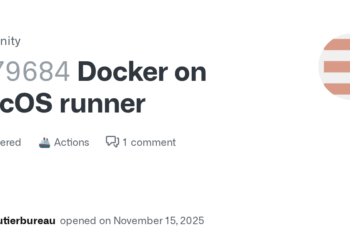Select Language:
If you’re noticing unexpected charges for data transfer, it’s often because data is leaving your Virtual Private Cloud (VPC). This can happen when data is sent to the internet, moved across different regions, or transferred between Availability Zones. To figure out where the extra traffic is coming from, start by looking at your VPC Flow Logs. These logs give you a detailed view of the network activity within your VPC, including which instances, containers, or resources are sending large amounts of data.
First, ensure that VPC Flow Logs are enabled for your relevant VPCs, subnets, or network interfaces. Once they are active, you can use CloudWatch Logs Insights to analyze the logs. Filter for connections that show high data transfer volumes to pinpoint the exact network interface, source IP address, or specific workload causing the increased traffic.
If the large data transfers are related to Amazon S3, enable S3 Access Logs or CloudTrail data events. These will help identify who is accessing, downloading, or copying objects from your buckets. For managed services like RDS or Redshift, check their specific CloudWatch metrics, such as NetworkTransmitBytes, to understand their outbound data patterns. Also, review the metrics for NAT Gateways or Transit Gateways, especially if your architecture includes private subnets, to see if they are contributing to the outbound traffic.
After identifying the source of unexpected data transfer, take steps to prevent it from happening again. Set up CloudWatch Alarms based on network throughput metrics to detect unusual spikes in outbound traffic early. Additionally, configure AWS Budgets with alerts for data transfer costs. This way, you’ll receive notifications when your charges reach predefined thresholds, allowing you to address unusual activity before it results in high costs.






